How does a thermostat work? Experts explain how to use one to save on energy bills
Knowing how could ultimately help you save in the long run
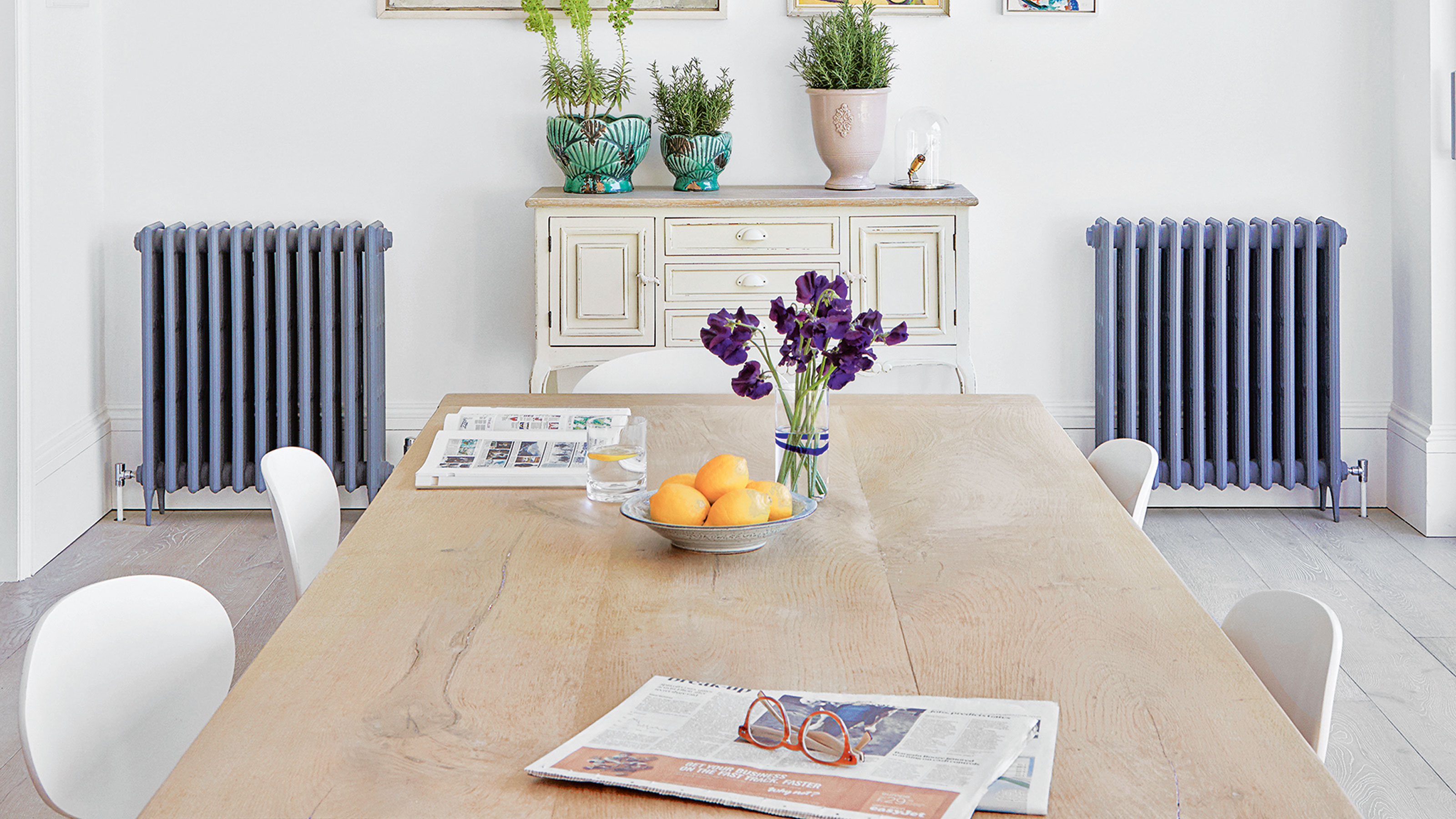

As the temperature drops, you might be seeking ways to keep your house warm in winter – and while many may be steering away from relying on central heating to stay warm amidst the cost of living crisis, it still pays to know how a thermostat works. Learning how to use a thermostat correctly can help you save energy at home and cut costs on your utility bills.
If you've inherited a thermostat in a rented house or new home, or are looking to install a new one you might be a little confused about how to use yours effectively. To help out we've rounded up everything you need to know about how different types of thermostats work, so you can ultimately use less energy and gain more control over your heating.
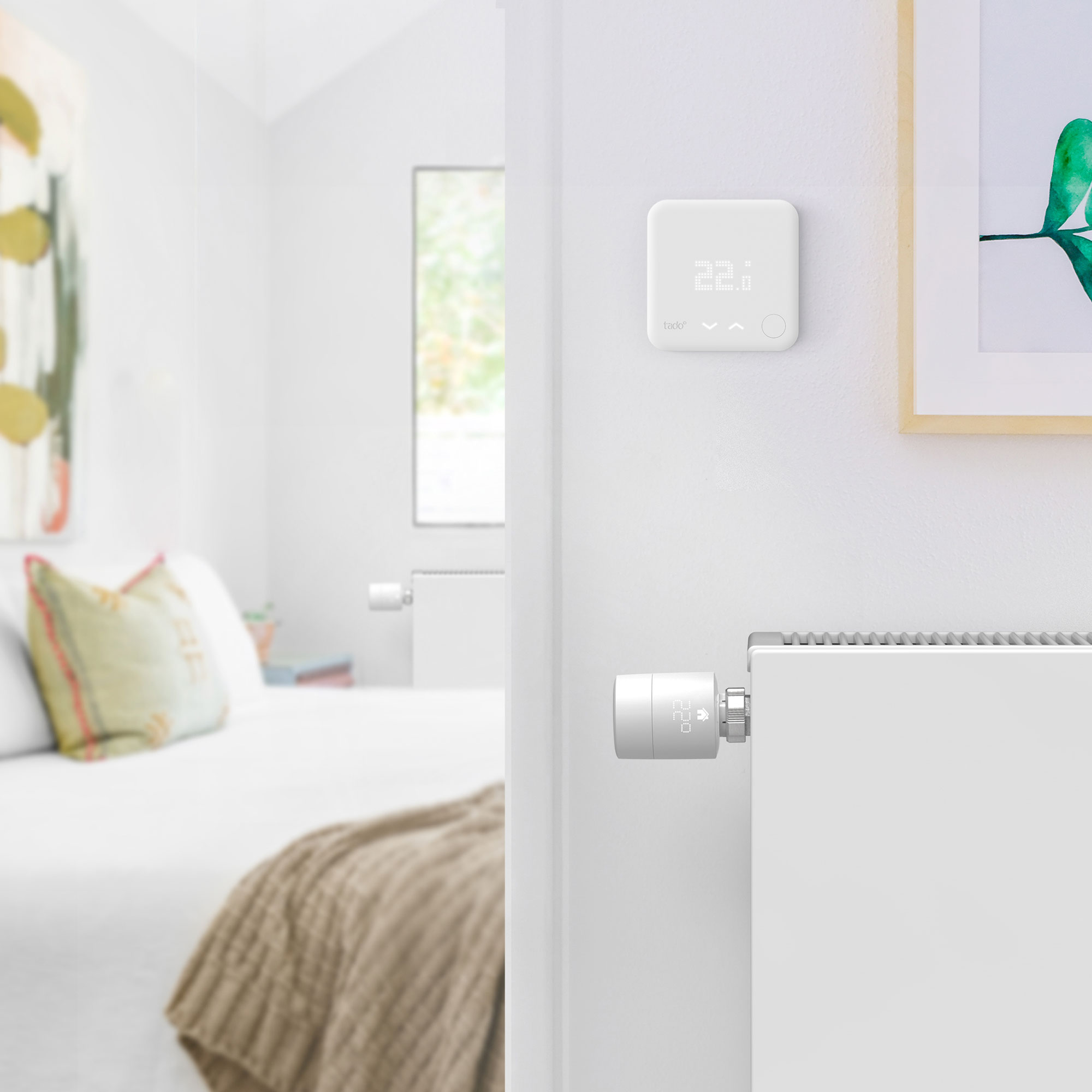
How does a thermostat work?
A thermostat for your central heating system is used to control the heating in your home and regulate its temperature. It works by sensing your home's temperature and then activating or deactivating the heating or cooling equipment as needed to maintain the desired temperature, depending on your needs.
'Heating thermostats work by monitoring the average temperature of your home and sending a signal to a boiler to ensure it’s never too hot or too cold compared to the temperature that has been set,' says John Lawless, energy expert at BestHeating.
'Once the desired temperature is reached then it will switch off the heating to ensure a house doesn’t get too warm, then if the temperature of a home falls below this, it will kick back into action.' This helps to ensure that your home remains at a comfortable and consistent temperature, which can improve energy efficiency and reduce energy bills.
Some thermostats can be programmed to maintain different temperatures for different times of the day, such as setting cooler temperatures during the day when people are typically at work or school, and warmer temperatures at night when people are at home and sleeping.
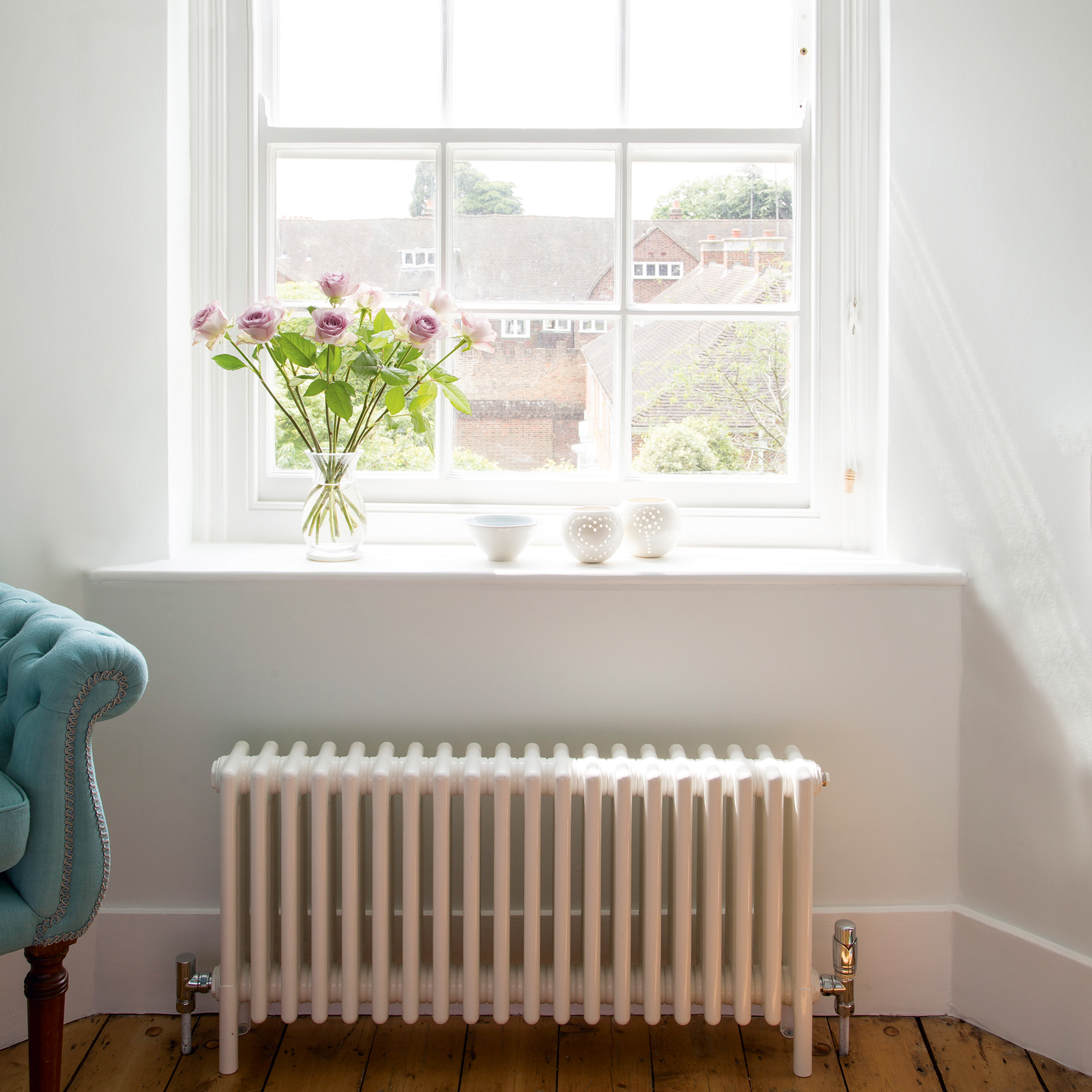
What are the different types of thermostat?
Although they work primarily in the same way to achieve the same purpose, there are different types of thermostats. Here are the main terms to familiarise yourself with.
Get the Ideal Home Newsletter
Sign up to our newsletter for style and decor inspiration, house makeovers, project advice and more.
Room thermostat
A room thermostat is used to describe the whole collection of thermostat types. They can be mechanical, digital, wired, or wireless. A room thermostat can be timed to ensure you're only using energy when you need it.
Analogue thermostat
An analogue thermostat is typically cheaper to buy and simpler to operate. They consist of a dial of numbers indicating the temperature in degrees Celcius that can be set to your desired temperature.
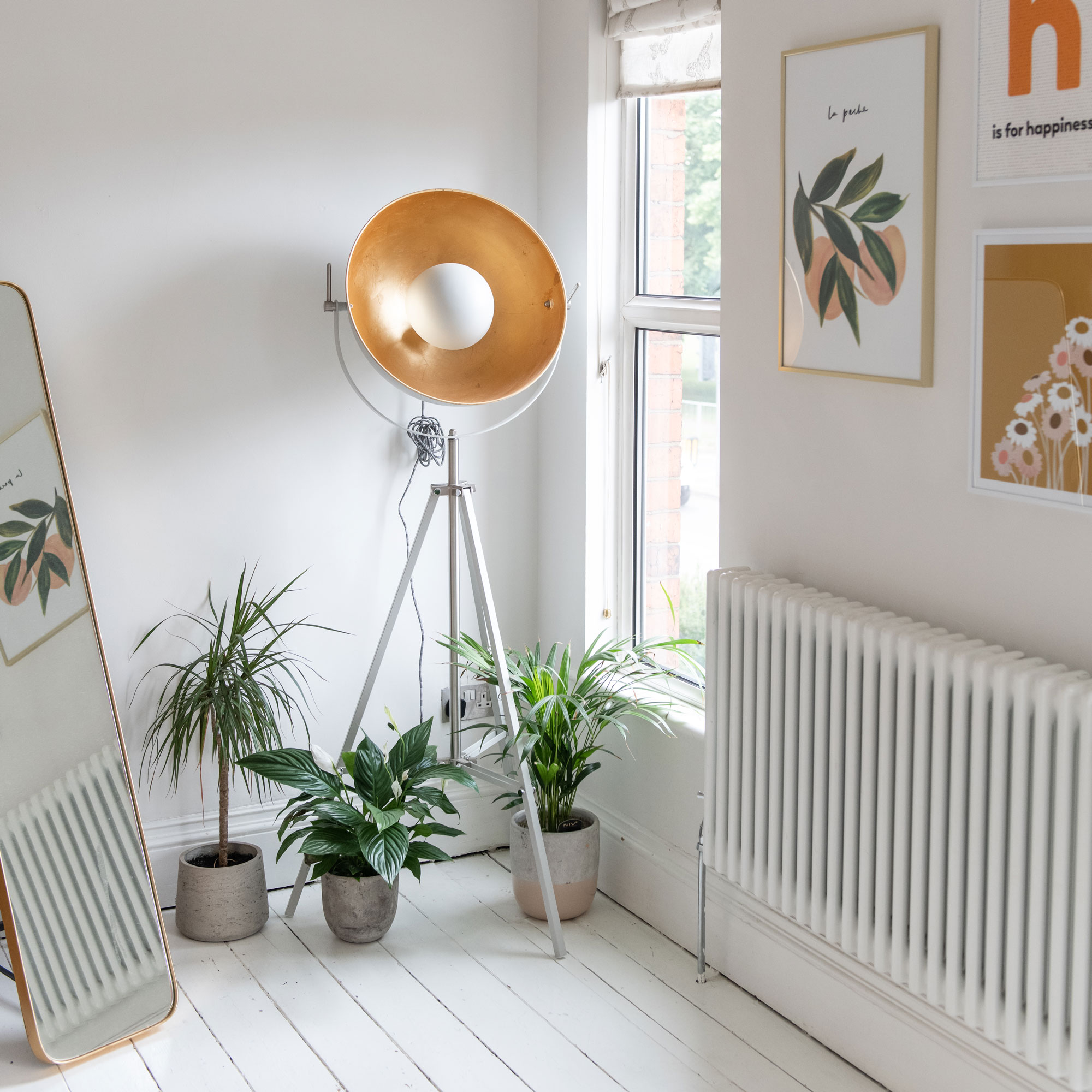
Digital thermostat
Digital thermostats have increasingly become the popular choice among homeowners alike. They're more aesthetically pleasing, easier to control, and usually come with features to set times and different temperatures.
Although they're a little more expensive, going digital will enable you to get more accurate readings, and when programmed correctly, can help you save energy and increase your levels of comfort.
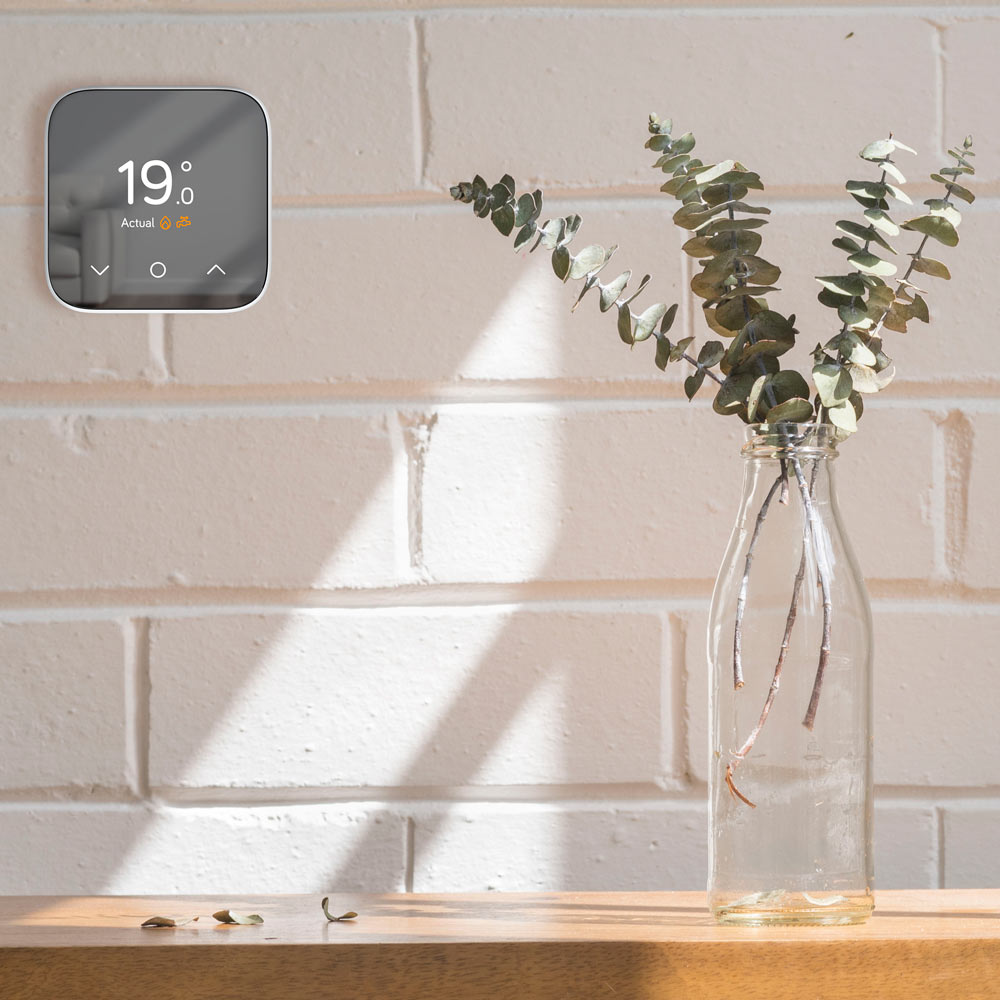
Smart thermostat
Smart heating is the most efficient way to exercise complete control over your home's central heating. In some respects, smart thermostats can be seen as an upgrade to a digital thermostat.
While a smart thermostat allows you to control times and temperatures like a digital thermostat, you can control everything remotely via an internet connection through your phone, irrespective of where you are.

Does the placement of my thermostat matter?
The short answer is yes. If your thermostat is receiving inaccurate readings due to its placement, this could result in you paying more than you need.
Jess Steele, energy expert at BestHeating says, 'To help with the perfect temperature, if possible, place the thermostat in a place that isn't blocked by curtains or furniture, so air can flow around it and measure the temperature of the space properly. Conversely, don't put it near a heat source or near a window, as this may lead to inaccurate measurements, colder homes with wasted heat, or higher bills!'
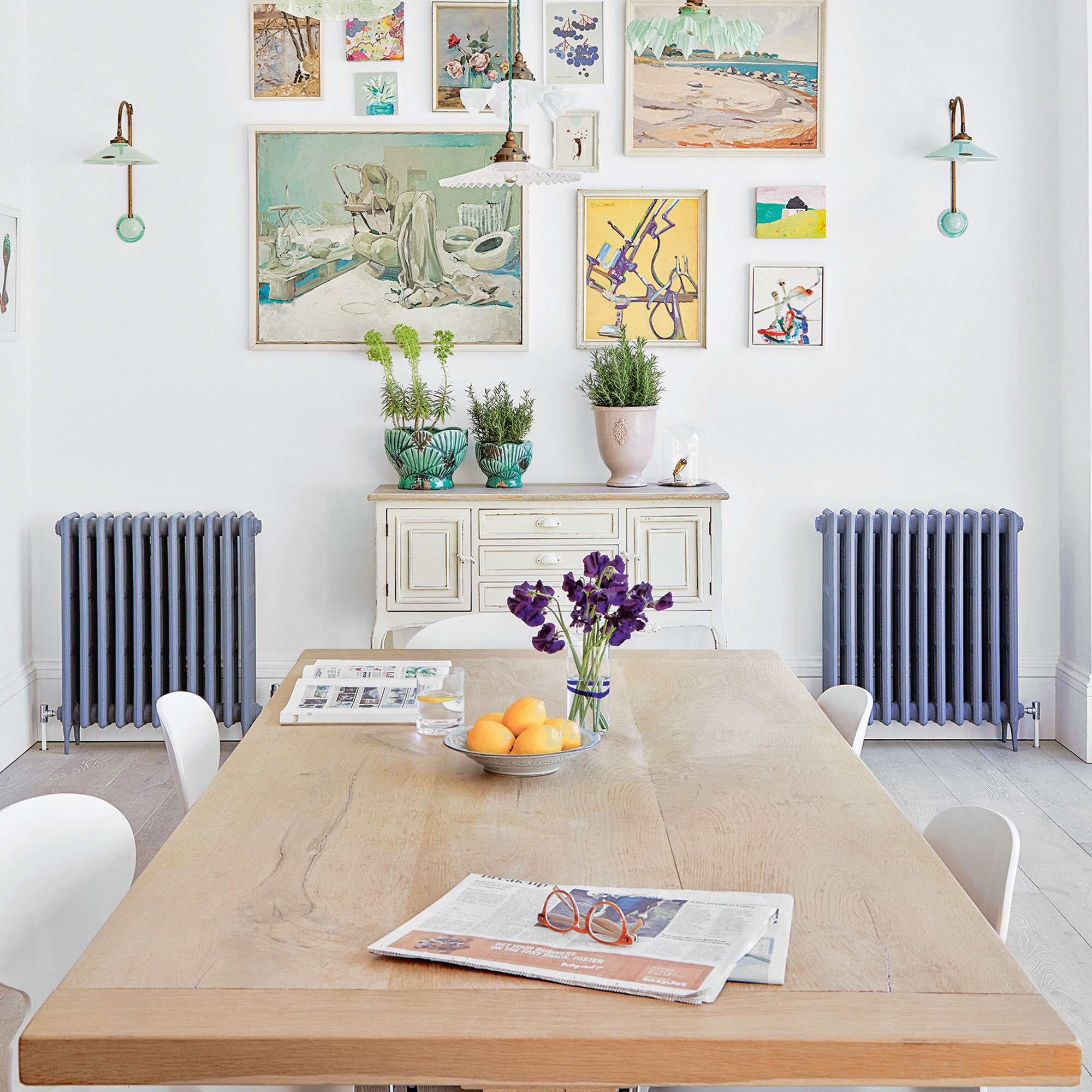
What should I do if my thermostat is in the wrong place?
John Lawless at BestHeating says, 'If your thermostat is in an undesirable location, how you resolve the situation depends on where it is placed. If it is in or near a hallway, especially near windows and doors, this is likely a highly used area of the house so will constantly have hot or cold air coming in and out which will shift the temperature and impact how effectively the thermostat works.'
'To combat this, try to minimise the opening and closing of doorways and make sure to minimise draughts from rooms nearby. If it is directly impacted by sunlight, then the thermostat could falsely be tricked into thinking the house is warmer than it really is, so put up blinds or create more shade to stop this issue.'
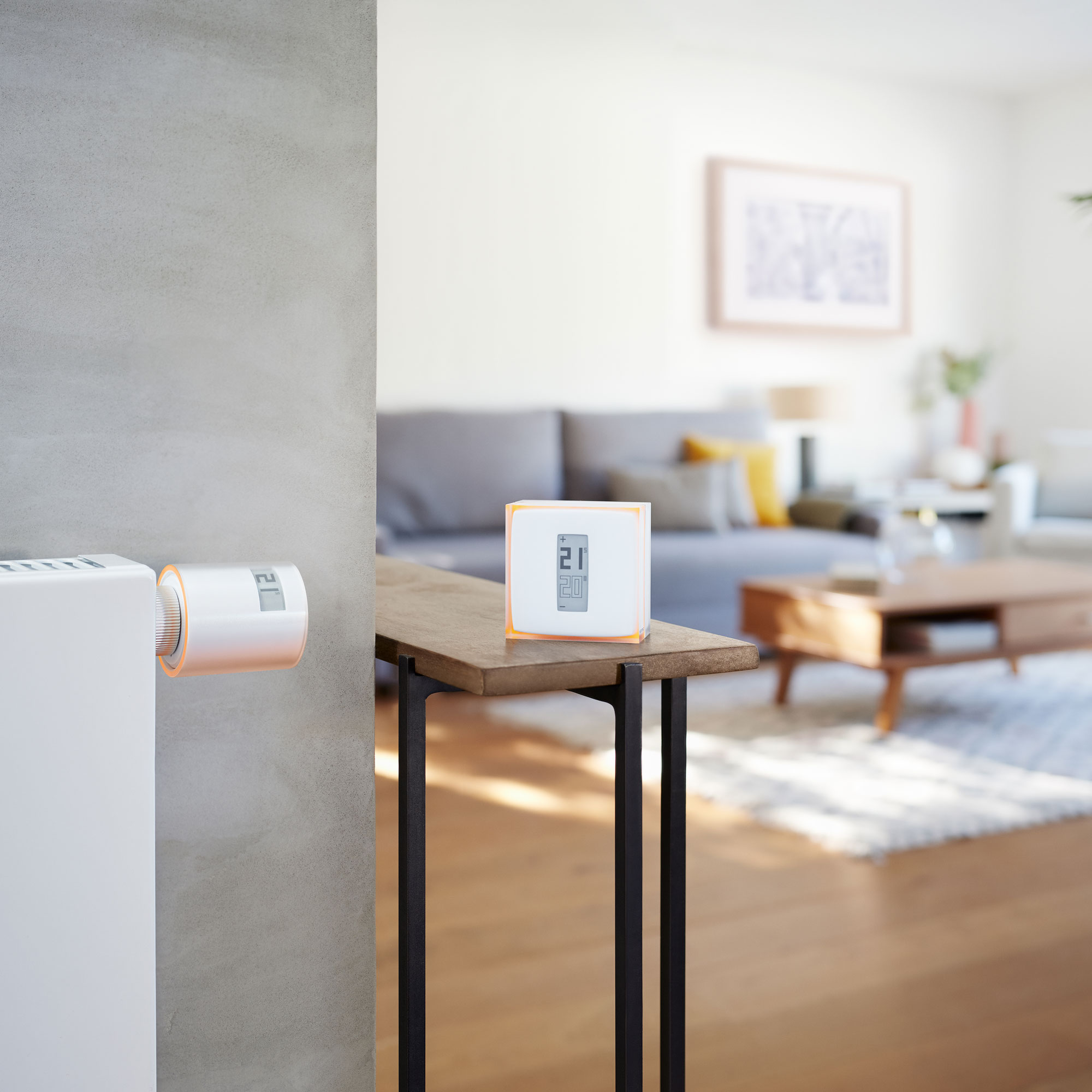
'For a thermostat near a bathroom, use your extractor fan when using the bathroom to minimise the impact of steam and humidity, as well as closing windows when not using the bathroom. Both of these will help maintain the temperature and not confuse the thermostat.'
If your thermostat is in the wrong place, then the best thing to do would be to consider relocating it. There's only so much advice you can follow to cut costs when making the move will ultimately save you more money in the long run.

Jullia was Ideal Home’s Junior Writer from 2022-2024 and the Ideal Home Certified Expert in Training on Vacuums having spent over 60 hours testing different models. She’s always loved all things homes and interiors, graduating with a bachelor’s degree in Architectural Studies from the University of Nottingham where her love for writing blossomed following her internship at ArchDaily. Now focused on home tech and cleaning, Jullia works on writing features and explainers to help people make the most of their home appliance investments, putting the newest launches through their paces. When she isn’t writing, she loves exploring the city, coffee shop hopping, and losing hours to a cosy game or book.
-
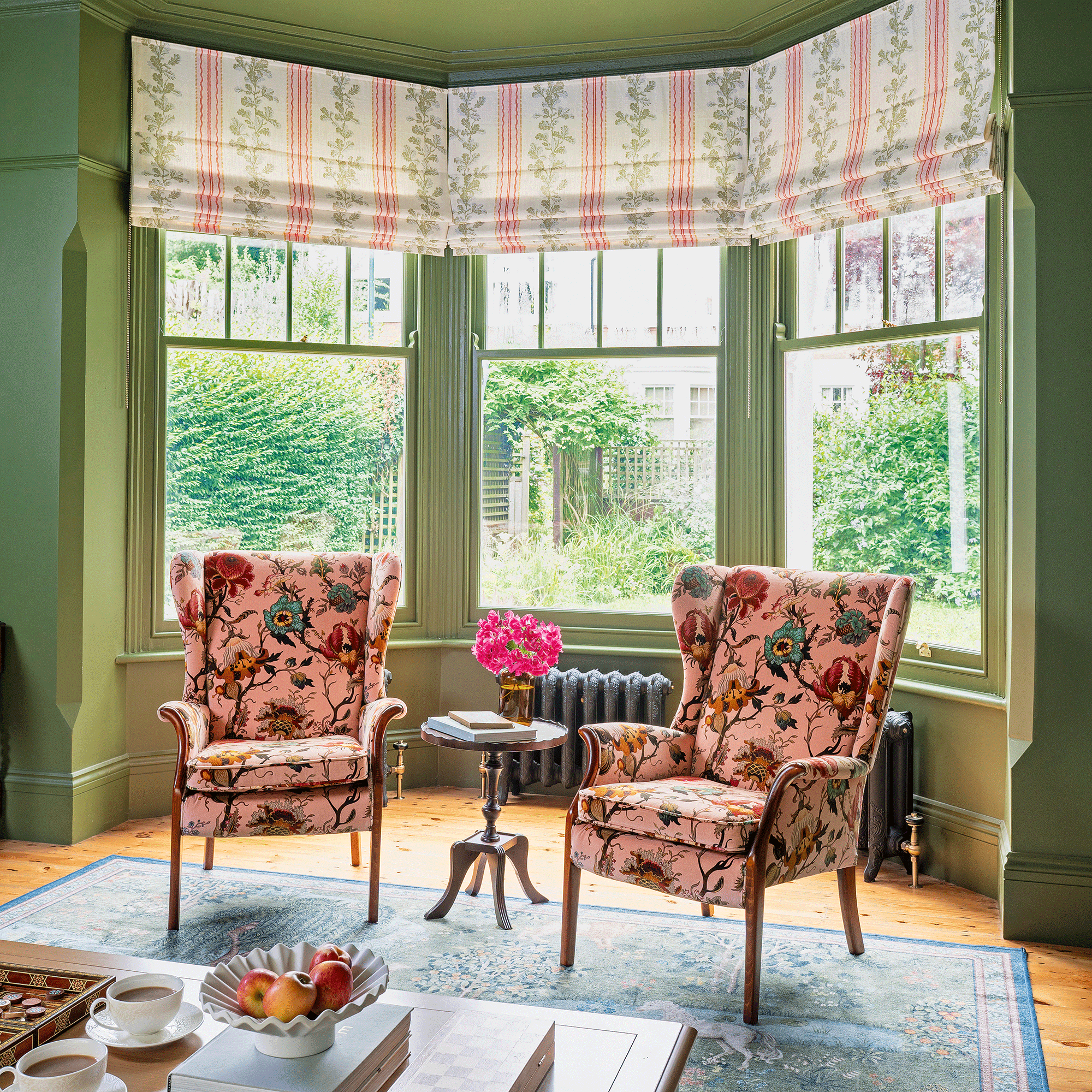 A strict colour palette and vintage finds have turned this semi-detached Edwardian house into an elegant family home
A strict colour palette and vintage finds have turned this semi-detached Edwardian house into an elegant family homeSticking to a three-colour palette of green, pink and yellow and mixing in plenty of vintage furniture and art has created an authentic period feel
By Stephanie Smith
-
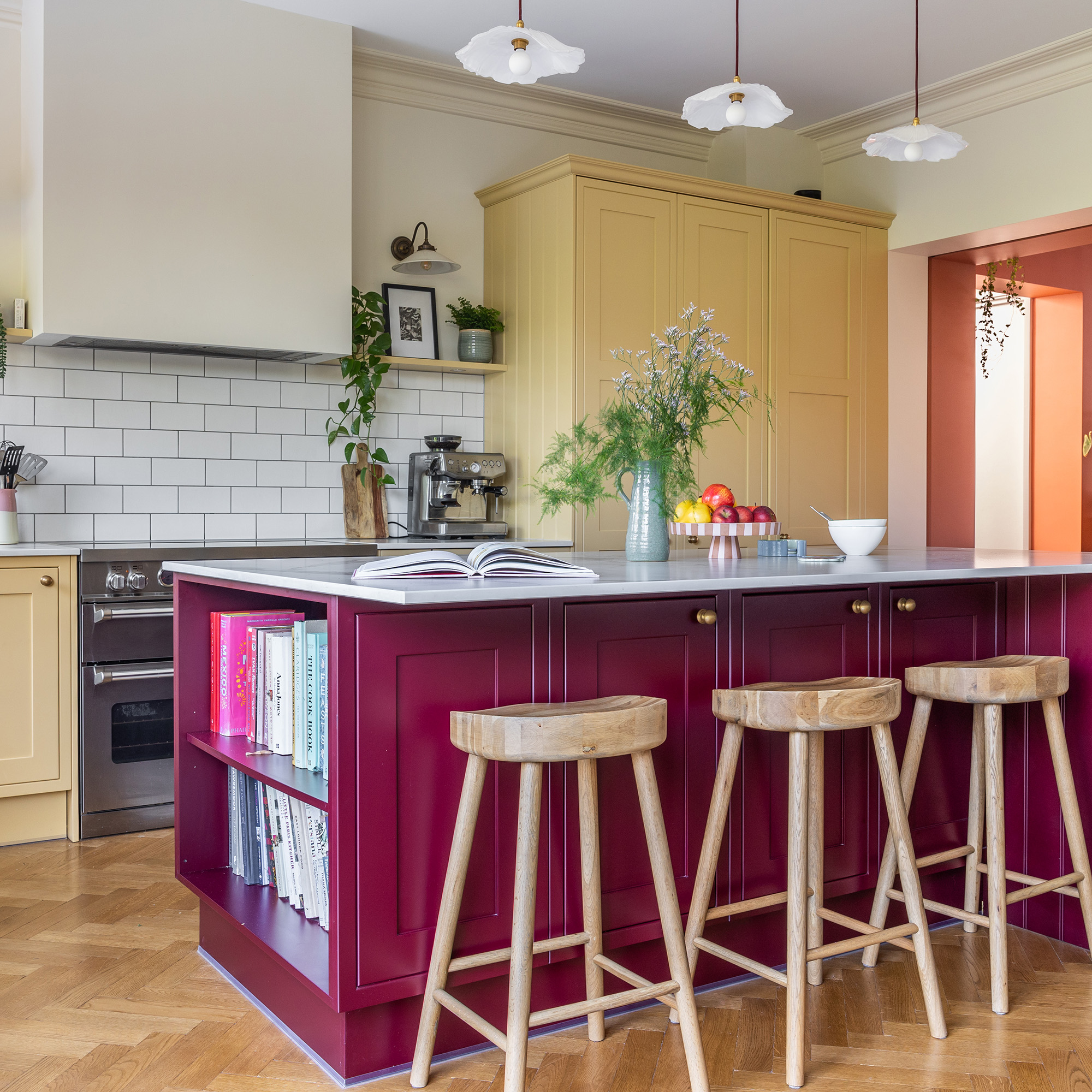 A top-to-bottom renovation has turned this Edwardian house into a lovely family home
A top-to-bottom renovation has turned this Edwardian house into a lovely family homeWith a few considered structural changes, this period house has been turned into a family home and has created a sanctuary for years to come
By Maxine Brady
-
 How to heat a conservatory
How to heat a conservatory7 practical options to consider for year-round comfort
By Amy Reeves